From the majestic Green Finch soaring high in the mountains to the common sparrow chirping in city parks, Europe is home to a diverse array of bird species.
But which birds are the most commonly found across the continent?
In this article, we’ll take a closer look at the 23 birds that call Europe their home and can be spotted in various habitats, from forests and wetlands to urban areas.
So whether you’re a seasoned birder or just starting to explore the world of avian wildlife, come along as we discover the top birds of Europe.
| Image | Name |
|---|---|
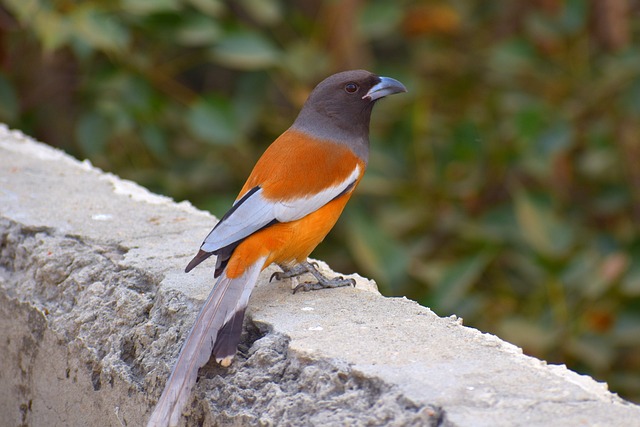 | Common Chaffinch |
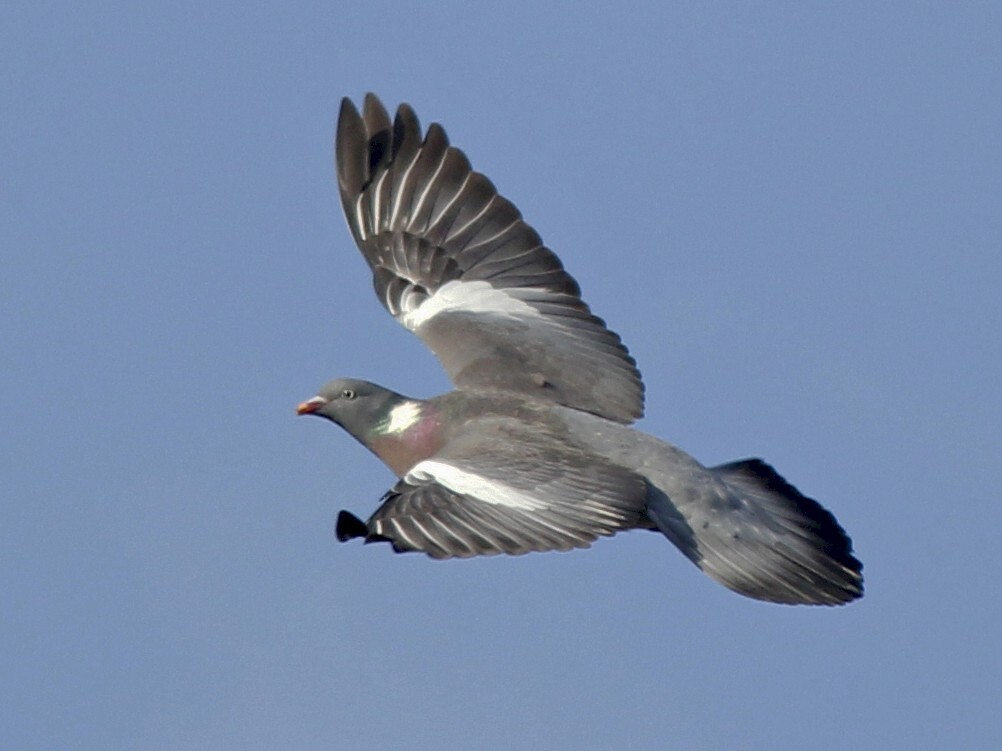 | European Wood Pigeon |
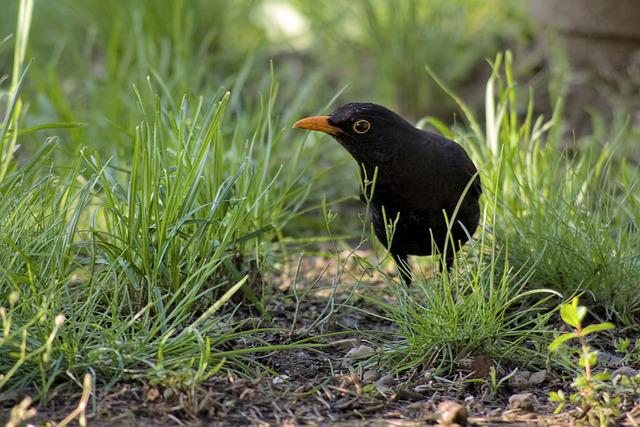 | Common Blackbird |
 | Dunnock |
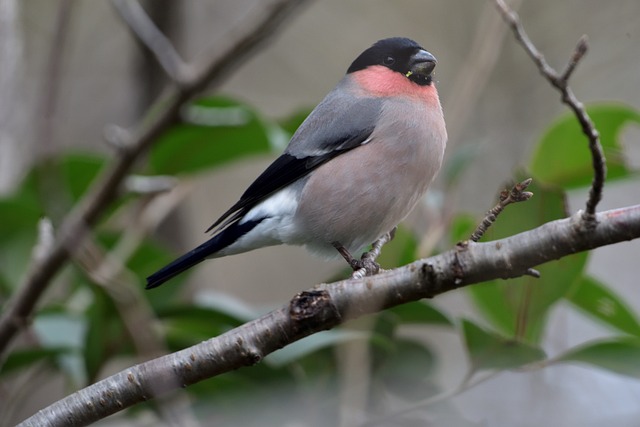 | Eurasian Bullfinch |
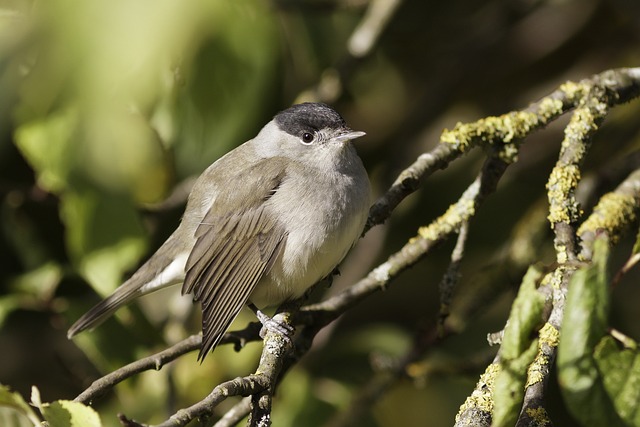 | Eurasian Blackcap |
 | Eurasian Collared Dove |
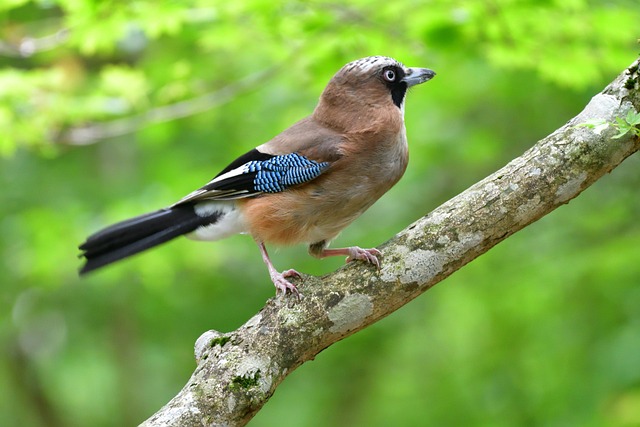 | Eurasian Jay |
 | Eurasian Jackdaw |
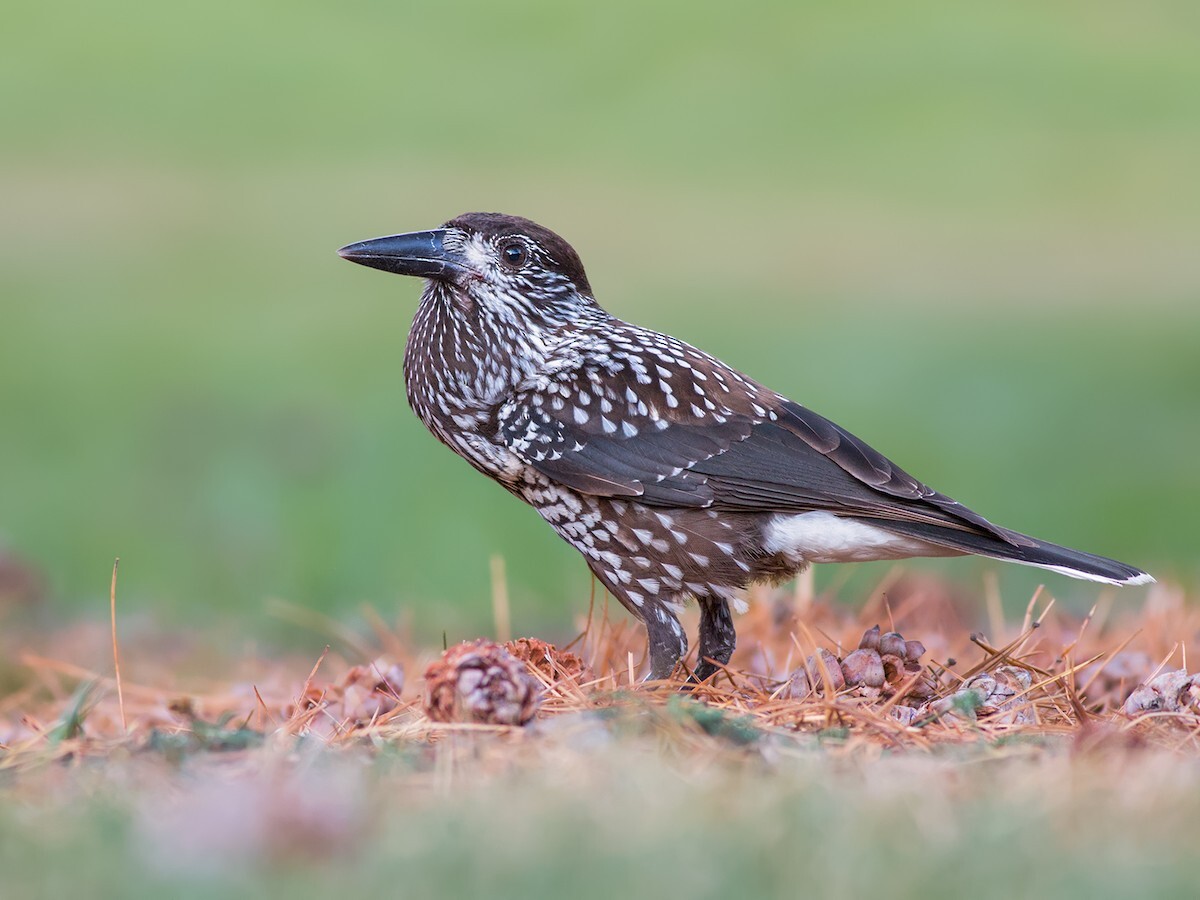 | European Nutcracker |
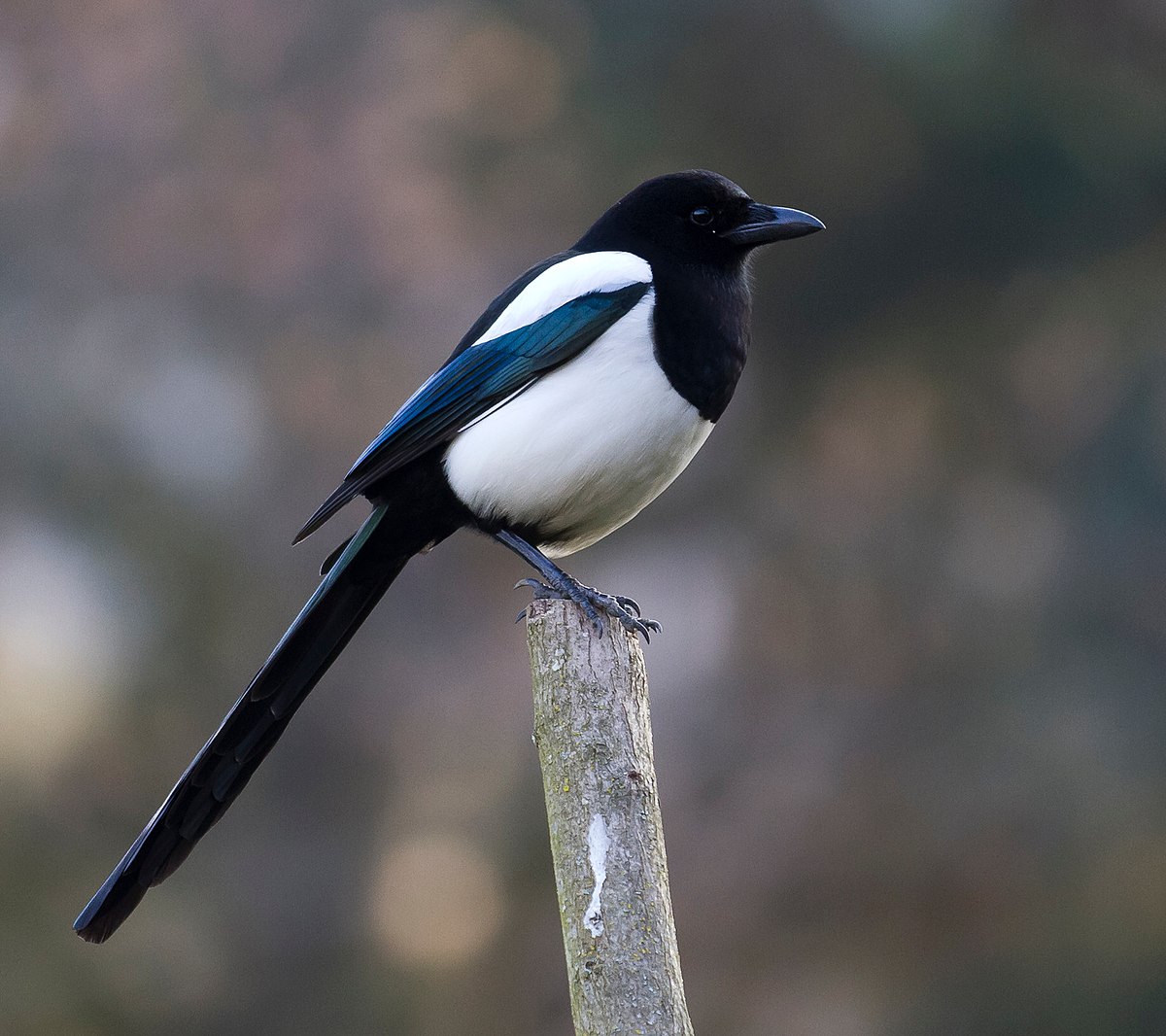 | Eurasia's Magpie |
 | European Wren |
 | Eurasian Siskin |
 | European Goldfinch |
 | Green Finch |
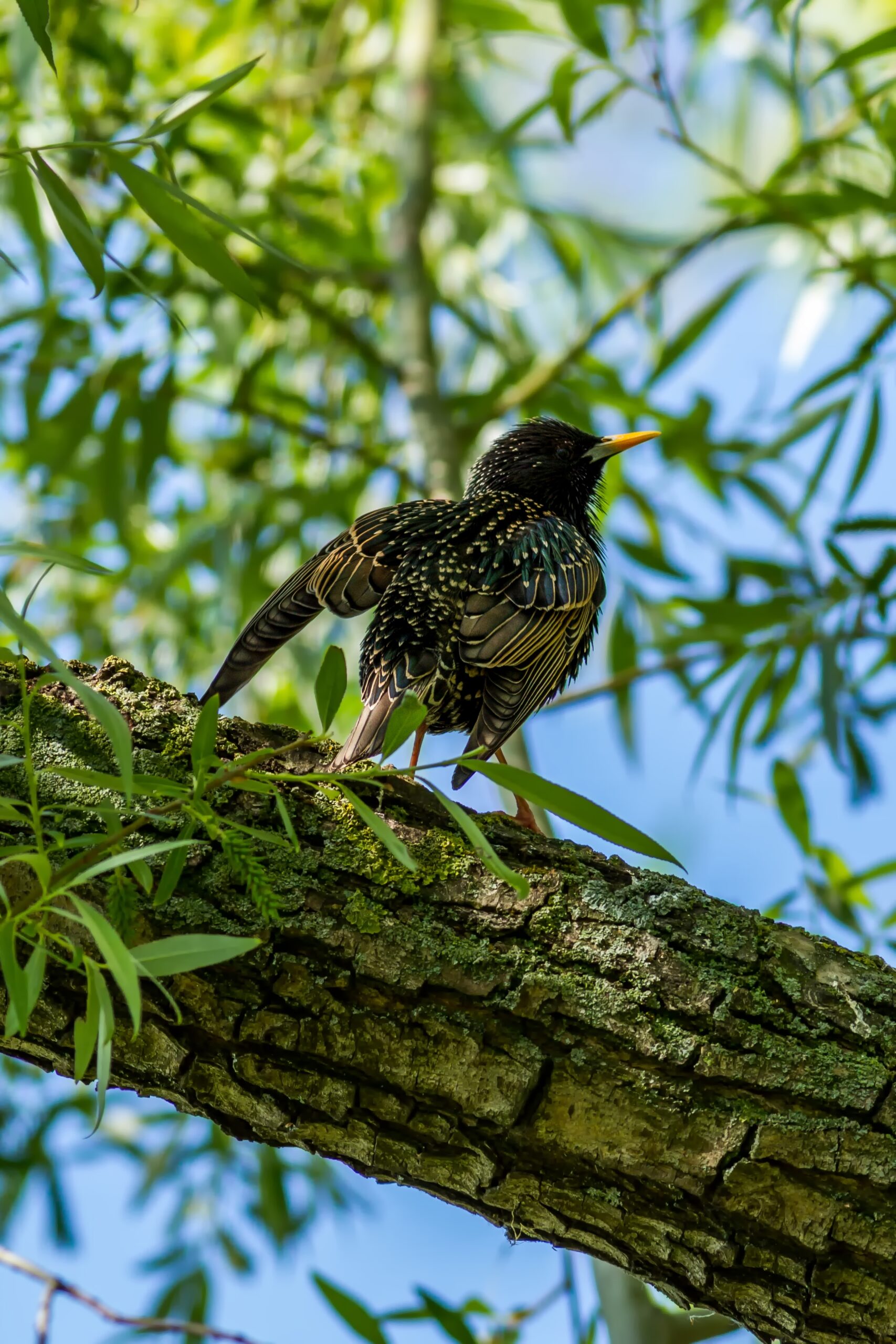 | European Starling |
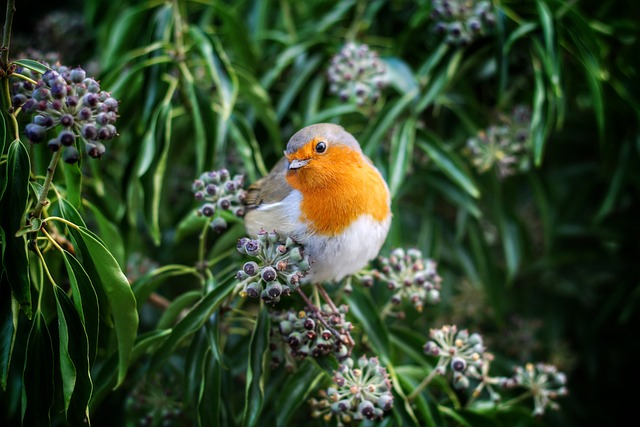 | European Robin |
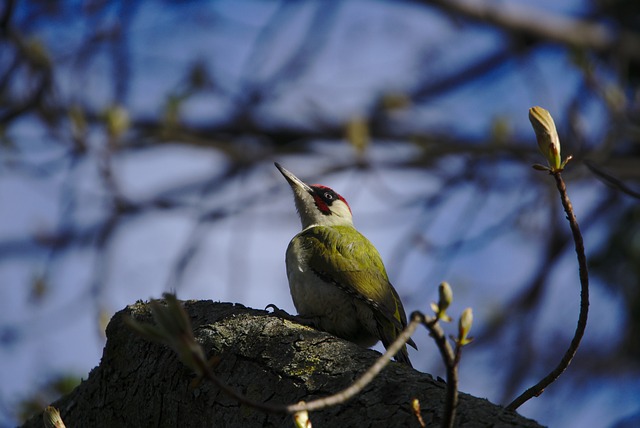 | European Green Woodpecker |
 | Hawfinch |
 | Great-spotted Woodpecker |
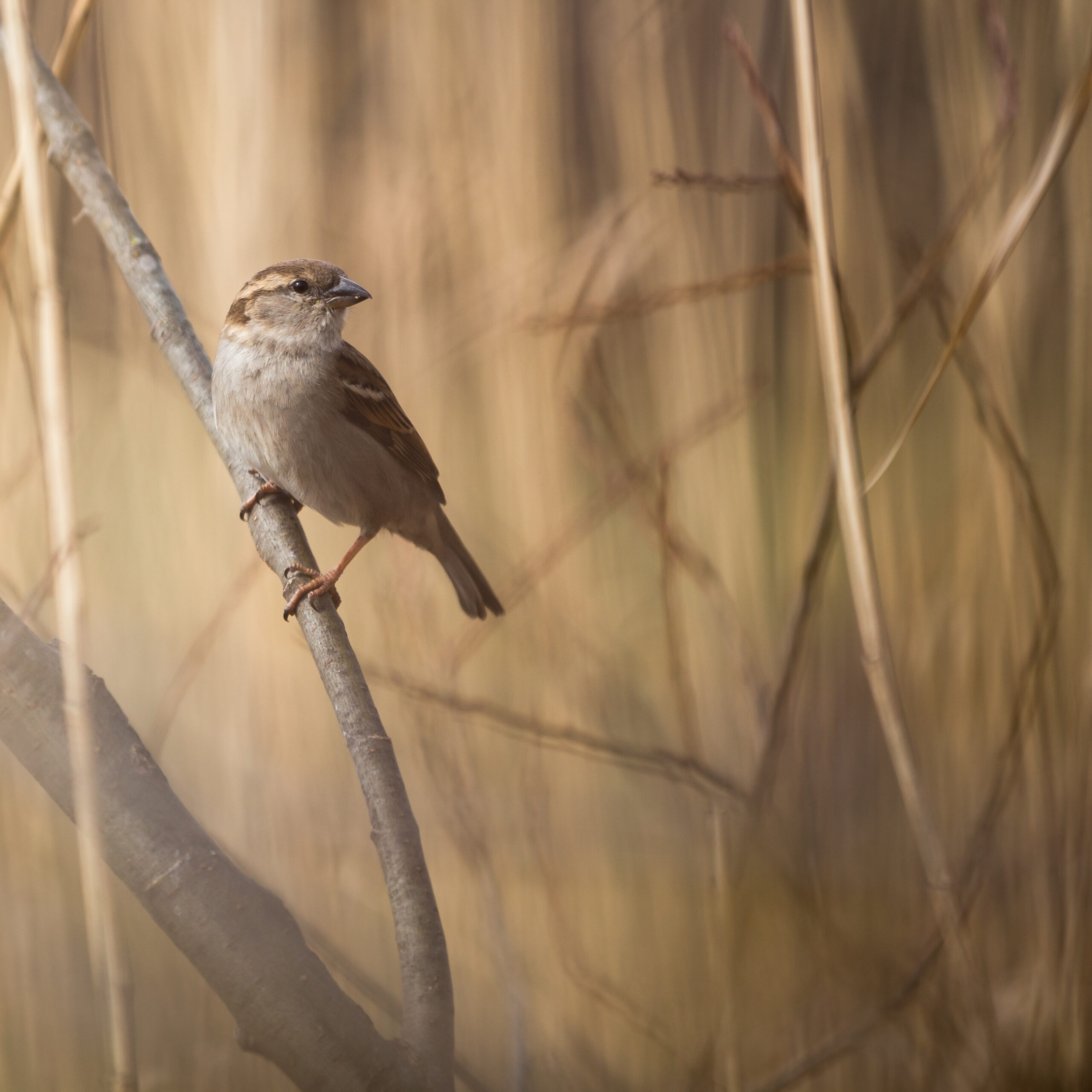 | House Sparrow |
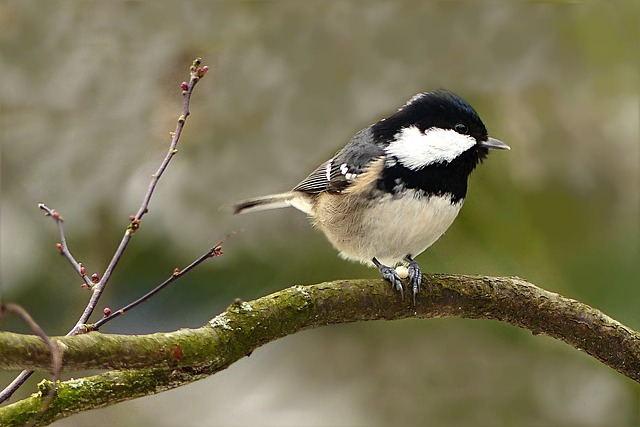 | Coal Tit |
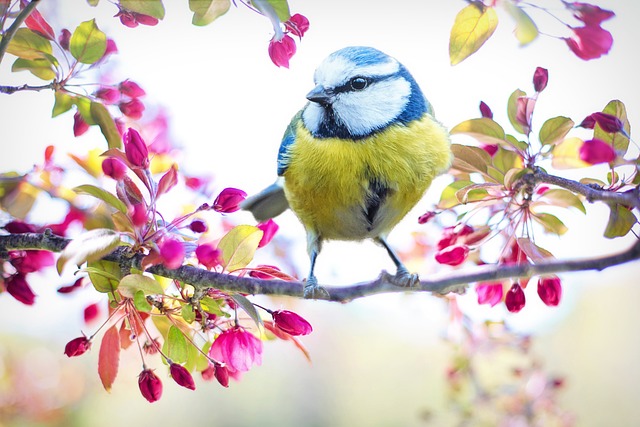 | Blue Tit |
Most Common European Birds
1. Common Chaffinch

The adaptability of the Common Chaffinch has led to its widespread distribution. This little songbird may be found all around Europe, especially in areas with plenty of trees.
Feeders often attract large numbers of chaffinches.
They are commonly spotted on the ground picking up the grain and seed that have dropped from above, especially sunflower hearts are their favorite.
In backyards, these birds may become so used to human interaction that they will approach visitors and want to be fed by them or have their feeders replenished whenever they see a human.
Beautiful in singing, a flock of these birds is called a “Charm!”
Their tunes generally comprise a rattling succession of sounds that start high and decrease near the finish.
2. European Wood Pigeon

The European Wood Pigeon is the biggest pigeon in the world.
Search for Common Wood Pigeons in locations with an abundance of plants and trees, where they spend a lot of time.
Although they will nest anywhere, they choose plain surfaces like ledges in buildings, rocky outcrops, or even the ground.
The Wood Pigeon often congregates in large groups in both urban and rural locations.
Their population has exploded, most likely due to the fact that they can coexist with mankind.
Squabs are young birds that are raised on crop milk before they are ready to transition to seeds.
This fluid is produced in the throat crops of the parents and resembles milk.
The crop in the neck of most birds serves to both digest and store the day’s meals.
However, it serves a dual purpose throughout the breeding season.
The Common Wood Pigeon has a lovely five-note refrain, so pay attention.
The sequence of its notes sounds like “wuuu-huuuu-wuuu-huuu-huuu.”
3. Common Blackbird

Blackbirds may usually be recognized by their distinctive appearance and behavior.
One of Europe’s most well-known birds is the Eurasian blackbird, sometimes known as the common blackbird.
They like to congregate in places like parks, forested areas, and agricultural areas with hedges.
They spend much of their time hunting earthworms and insects so that you may find them on lawns and fields.
This blackbird is quite possessive of its territory, as are many others, particularly during the mating season.
Fights and squabbles will break out often, maybe over nesting sites, food, or apparently nothing at all.
The Eurasian blackbird is easily identified by its distinctive, multi-toned, warbling call.
4. Dunnock

The Dunnock is widely distributed throughout Europe.
This spread is owing to their variety in nesting locations, which include bushes, forest floors, gardens, hedges, and many other regions.
Almost any surface will do for them to construct a nest!
The term “Hedge Sparrow” comes from the fact that these birds often conceal themselves amid hedges.
Dunnocks forage mostly on the ground and in a highly anxious way.
Every time they jump, they gaze about curiously and flap their wings as though preparing to take off.
Interestingly, the brood parasite Cuckoo Bird often preys on Dunnocks.
The female of this species will deposit her eggs in another bird’s nest so that the parent bird can take care of the young.
Cuckoos are able to go unnoticed because Dunnocks are so common.
The Dunnock chicks don’t have a chance since their mother is too busy caring for the Cuckoo chicks.
Dunnock’s song is lengthy and recognizable thanks to its two or three “TWEEEs” in the middle and its four gentle “chii-chii-chii-chii” notes at the finish.
5. Eurasian Bullfinch

The Eurasian bullfinch does well in a variety of European environments.
Despite their prevalence, Bullfinches are often reluctant to approach new people.
They seldom go out from the safety of the trees onto the ground.
Many birdwatchers use the sound as a reliable indicator that a Bullfinch is nearby.
In the winter, when natural food sources are limited, they may visit bird feeders.
Because of their penchant for eating fruit tree buds, Eurasian Bullfinches may be a nuisance to gardeners and farmers.
You may divert them from your crop by growing millet, quinoa, or kale in close proximity to it.
Planting a variety of fruit trees in your yard may also entice these lovely creatures to make your yard their home.
A Bullfinch’s song consists of fluting and whistling sounds that may be both mournful and lovely.
Even if you were right next to one, you might not be able to hear some of its sounds.
6. Eurasian Blackcap

Birds of the genus Eurasian Blackcap will settle in almost any area with a suitable food supply.
The most common places to find them are in forests or other areas with thick vegetation, but your garden is just as likely.
You can easily entice them to your feeders by providing them with grain and suet.
Expect them to switch to protein-rich insects during the season of breeding when they require a lot more fuel.
The Eurasian blackcap’s unofficial nickname, “Northern nightingale,” comes from the bird’s beautiful flute-like singing.
Its song consists of a string of tweets spanning at least an octave in pitch.
The calls of this species are sharp and buzzy, making them seem more like insects than birds.
The Eurasian Blackcap makes this sound to alert people of impending danger or to drive them away from its area.
7. Eurasian Collared Dove

The Eurasian Collared Dove, despite its dull appearance, is a fascinating bird in Europe.
Although it originated in Europe, this species has made its way throughout the world due to a chain of bizarre occurrences.
Some Eurasian Collared Doves were accidentally released in the mid-1970s when a pet store was looted in the Bahamas.
Shortly afterward, more were released on Guadaloupe island as a result of a volcanic explosion.
After that, the birds crossed the Atlantic and colonized all of North America.
The peculiar technique in which the Eurasian Collared Dove drinks is just another of the bird’s peculiarities.
In order to drink, this type of bird utilizes its beak like a straw, rather than the traditional method of filling its mouth with water and then tipping its head back.
It’s hard to imagine how a huge grey bird could possess anything in common with a bright, small hummingbird, yet when they’re both sipping water, they seem quite similar.
The three-note song of this species, which goes “cooo-cooo-coooo,” is a telltale sign of its identity.
A warning cry, similar to a vehicle horn, is also made whenever one of these birds lands too close to another.
8. Eurasian Jay

The Eurasian Jay has some of the most vivid colors of any European bird. Its body is brown, but its tail and wings are brightly colored.
The wings of this species feature a distinctive white and blue patch that makes them hard to miss while they’re in flight.
In addition, this showy bird has dazzling white spots on its wingtips and tail.
Predators are easily alerted by the bird’s vivid colors; therefore, additional protection mechanisms must be used.
If you want an example of a bird that is good at mimicry, look no further than the Eurasian Jay.
In contrast, it has a unique natural cry that sounds like “weeeerrrah” repeated over and over with a 4 to 10sec gap in between each time.
9. Eurasian Jackdaw

As a crow, the Eurasian jackdaw is most at home in wide-open areas like pastures, fields, or open forests.
The best places to find these birds in Europe are on suburban lawns and particularly close to bird feeders.
Put out a plate of peanuts, their favorite feeder food, and they’ll be sure to visit your station.
They forage on the ground for insects and other insects in the wild.
Although jackdaws don’t sing anything particularly memorable, they often make a muffled “Cheek! Cheek! Cheek!” sound.
10. European Nutcracker
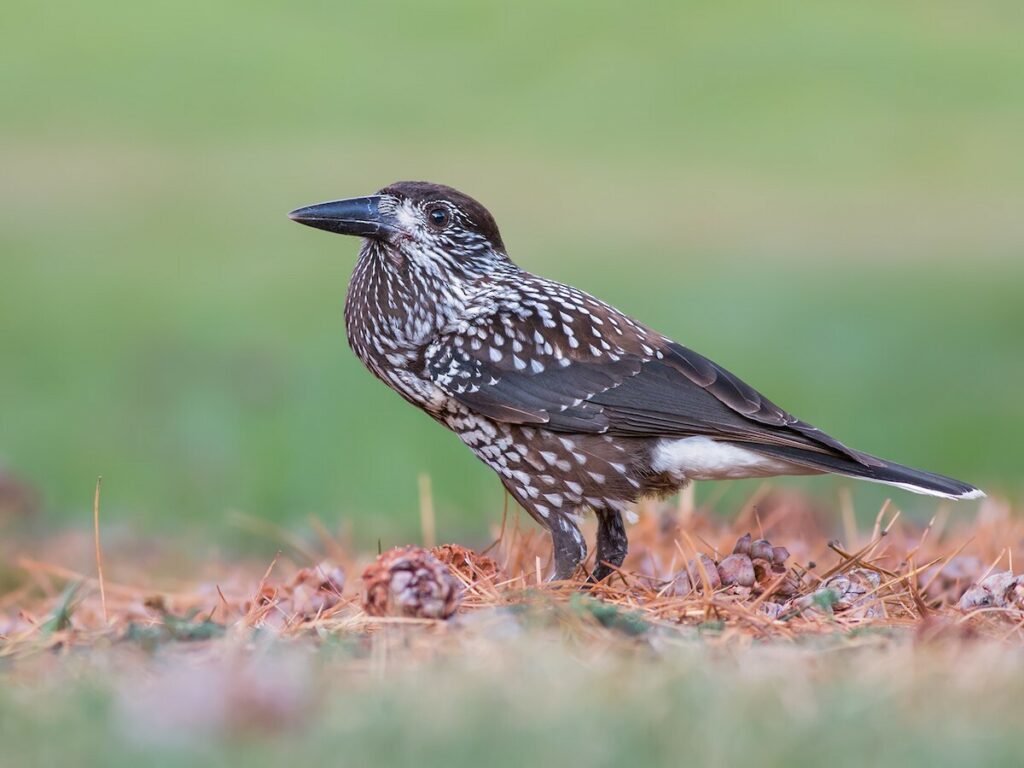
The Eurasian Nuthatch is a species of woodpecker that builds its nest in tree holes or other suitable cavities in deciduous woodlands.
As this is not a migratory species, its numbers remain consistent and high all year round.
A majority of their diet consists of insects and other worms. Aside from that, they’ll also eat nuts and seeds.
The birds may be lured to your feeders with mealworms, sunflower hearts, or peanuts.
The fact that nuthatches often dive out of trees on their bellies is one of my favorite things about them.
They often visit bird feeders, where they scare away other birds and spread the seeds everywhere.
A Nuthatch’s song is a rapid sequence of falling sounds. A sharp “tcheee-tcheee” is its distinctive cry.
11. Eurasia’s Magpie
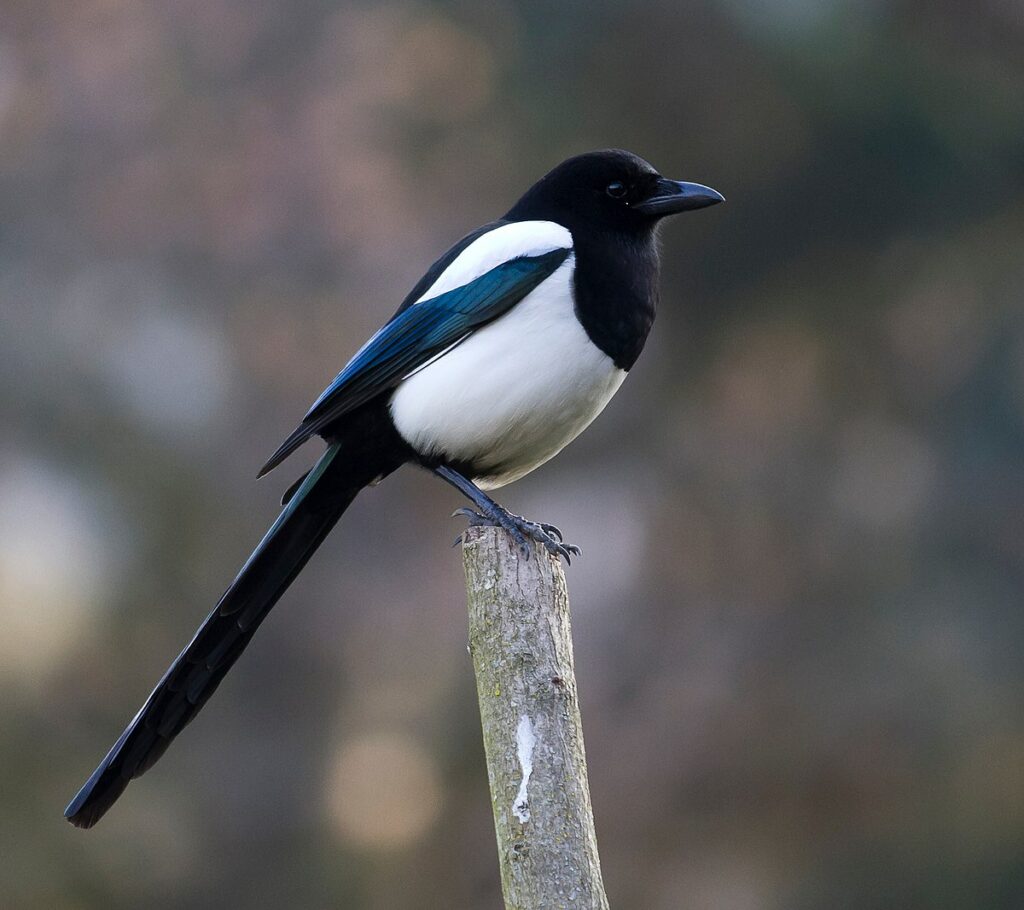
Eurasian magpies may be found in grasslands, rocky regions, and other open locations. Forests are avoided in favor of urban areas, parks, and gardens.
The Magpie is a lovely bird, but it can be violent toward other birds and at bird feeders, which is a shame because of its white, black, and blue plumage.
Some of Europe’s smartest birds belong to this family.
They are able to mimic human speech and see reflections in mirrors.
To top it all off, they often work together to complete tasks, enjoy common pastimes, and even use a variety of equipment.
Notably, they go through a period of mourning after the death of a partner, during which they sing mourning songs and change their behavior.
Pica pica is the scientific name for the European Magpie; however, it is often known as the Eurasian Magpie or the Common Magpie.
Known as the American or Black-billed Magpie in English, its scientific name is Pica hudsonia.
They are two different species, although they appear exactly the same.
Their normal call is a raspy laugh, despite the fact that they typically copy other animals’ noises.
12. European Wren

Despite its small size, the Eurasian Wren is a prominent European singer.
Its cry is loud and clear, and it is like the word “wren” being spoken. There is no simpler method to identify this species.
The Eurasian Wren is a common European bird that prefers dense vegetation, gardens, and reed beds as hiding places.
They normally feed on insects, but when those are few, they switch to berries and bird seeds.
The Eurasian Wren, or Troglodytes troglodytes, gets its scientific name from the fact that it prefers to make its home in underground tunnels.
13. Eurasian Siskin

The little spherical creature is a favorite of gardeners and backyards for its sunny personality, vibrant yellow colors, and friendly demeanor.
However, compared to other European bird species, this one is far less likely to stop at bird feeders.
Its diet consists mostly of the seeds of non-native plants, such as alder and birch.
There have been reports of Eurasian Siskins hanging upside down and snatching mayflies out of the air to feed their young.
The Eurasian siskin sings a high, slender “teee-eee-eee”
14. European Goldfinch

It’s possible that the goldfinch is the most well-known bird in all of Europe.
It is a welcome addition to any garden because of its eye-catching plumage, sweet yet uncomplicated voice, and penchant for bird feeders.
Sunflower seeds or thistle (nyger) seeds can entice this acrobatic bird into your yard to sing for you.
The goldfinches love it so much they flock to it.
The parents will also feed their young insects and other plant parts such as buds, flowers, and fruits.
The European goldfinch is sociable and tends to congregate in large groups.
Groups of up to 40 of these birds singing in harmony are definitely a sight to see!
15. Green Finch

Can you describe a bird that was “frowning” to you if you saw one?
Then you haven’t ever come across a Greenfinch in your life. Look just how much they owe!
The strong beaks of green finches make short work of sunflower seeds in the garden.
Most European Greenfinches stay put throughout the year, although those in the far north will go south when the temperature drops significantly.
You may find them in places like parks, forests, gardens, and farms.
Unfortunately, the use of fertilizers and pesticides on farms is leading to a precipitous drop in European Greenfinch numbers.
Since this is a species that evolved to scavenge for food, any exposure to these substances in its diet might prove fatal.
To identify a Greenfinch, just listen for its distinctive song, which goes something like this: “tweee-tweee-tweee, tseeee, tweee-tweee-tweee, tseeee.”
16. European Starling
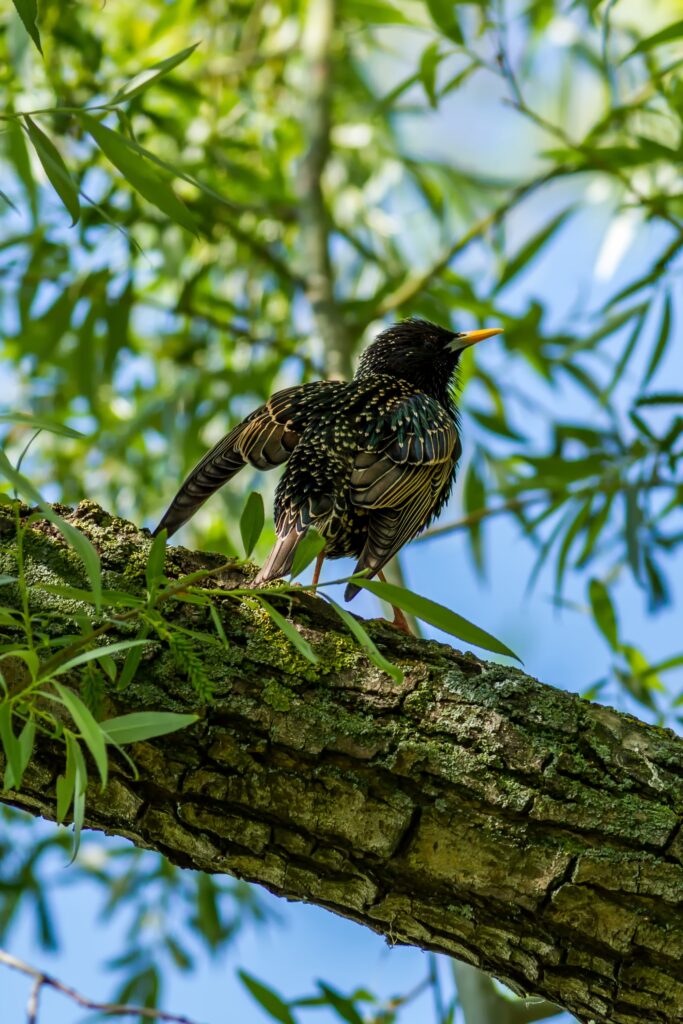
The European Starling is known as a “bully” at bird feeders in backyards.
Unfortunately, they often swoop down on a feeder in swarms, scaring away other birds and devouring huge amounts of food in one sitting.
Many native North American bird species struggle to coexist with invasive European Starlings because of the starlings’ large size.
But birds in Europe are more likely to fight back and restore their territory when threatened by these blackbirds.
Starling flocks are another nuisance for farmers; these birds feast on cherries, berries, and other agricultural delicacies.
They’ll even take feed meant for horses and cattle.
The European Starling is known for its vocal versatility, which includes imitating other species.
Spoken and nonspoken sounds should be listened to, such as rattles, trills, chatter, and whistles.
There are around 20 distinct kinds of birds that they have been seen mimicking.
17. European Robin

The robin is one of Europe’s most common birds. Although they are found in a variety of environments, gardens and backyards are particularly popular spots for them to hang out.
One of Europe’s most beloved birds, the Robin is universally adored across the continent.
As a result of domestication, they no longer pose a threat to humans and are, instead, a delightful addition to any yard.
Birdwatchers have seen robins following them around their gardens.
However, they might also consume fruit, nuts, and invertebrates, besides worms.
Suet, particularly if it includes mealworms, is a popular wintertime treat.
European Robins have a wide vocal range and may be heard singing at all times of the day.
They’re the ones that start phoning first thing in the morning and keep it up late into the night.
You’re looking for a song that starts off soft and breathy but builds in volume and intensity as it nears its conclusion.
18. European Green Woodpecker

As far as European birds go, green woodpeckers have some of the most vivid plumage.
These birds stand out from the crowd because of their vivid green plumage and striking red facial markings.
The European Green Woodpecker is unusual in that it seldom hits trees.
Because of the weakness of their bills, they only drill into softer wood while building nests and hardly ever use drumming as a means of communicating.
More likely, you’ll see one as it shuffles around the ground, searching for food.
They devote much of their time to looking for ants, which they eat both alive and as larvae and eggs.
During the colder months, when their primary source of sustenance is scarce, they turn to other foods, such as berries and nuts.
19. Hawfinch

The hawfinch is a bird that likes to nest in old, sturdily built trees like oak.
They are also common visitors to parks and yards, especially if cherry or plum trees are in the area.
The apple pit is this little bird’s preferred meal.
I was startled to learn that the Hawfinch’s beak has a biting capacity of 30 to 48 kilos, meaning it can easily crack open a plum or cherry seed.
Aside from insects, they sometimes snack on berries, pine nuts, and other fruits.
Hawfinches have unusual diets, but their mating rituals are just as fascinating.
They face one other, bend forward to touch beaks, and then the male puffs out his head feathers and makes a bow while sweeping one wing forward in a semicircle to show off his brilliantly colored bars.
20. Great-spotted Woodpecker

This kind of bird is widespread throughout Europe and may be seen in any area with trees present.
The Great Spotted Woodpecker’s diet consists mostly of insects, including spiders, adult beetles, caterpillars, and grubs.
Suet, fatty foods like tree nuts, sunflower seeds, mealworms, cracked corn, and peanuts are also acceptable offerings at your feeder.
These massive woodpeckers are easy to see in the winter when they frequent bird feeders searching for suet.
This bird drums and pecks at wood to communicate with one another and locate food.
They have a sensitive tongue that has a barb to impale their prey and a sticky mucus to keep it from escaping, and they can pound a hole in a tree to access food.
21. House Sparrow
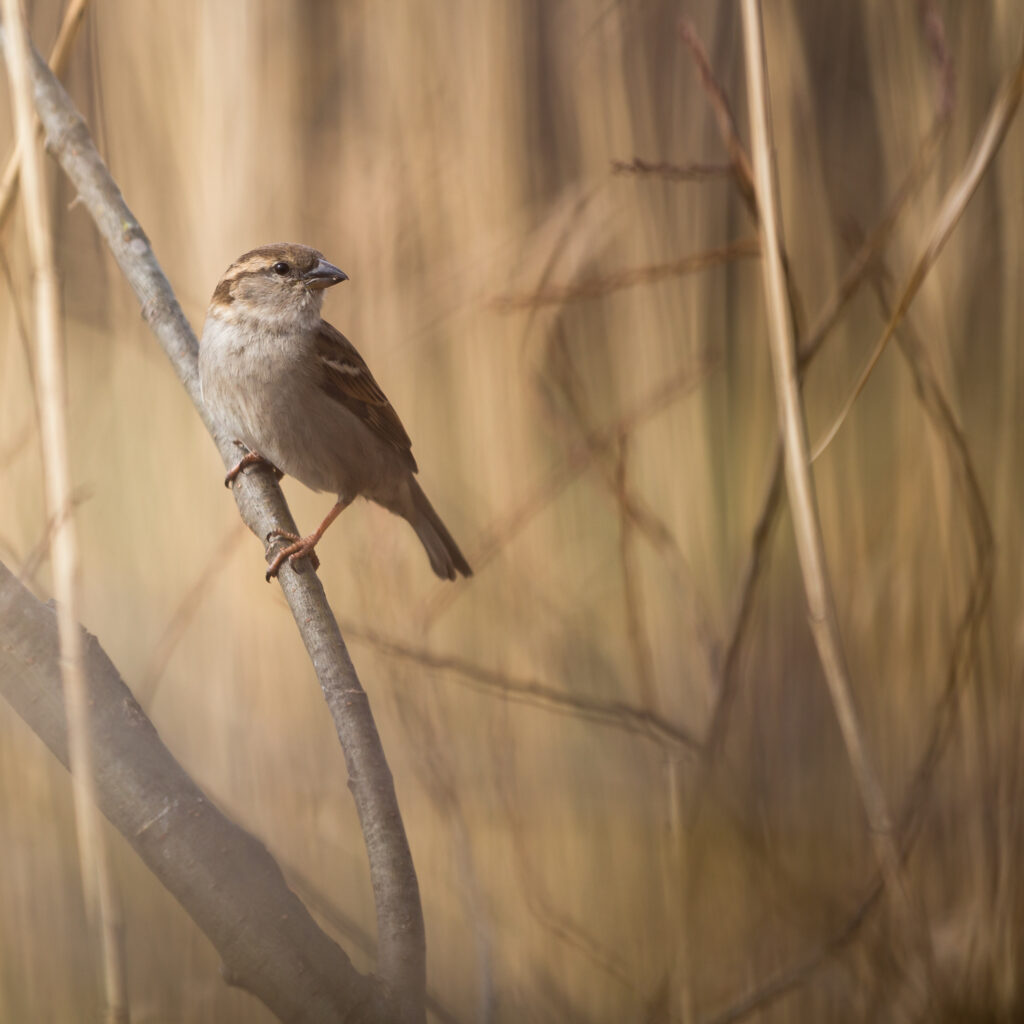
As a result of being driven from urban and suburban regions by House Sparrows, Eurasian Tree Sparrows are more often seen in rural areas.
Find them in wide-open spaces like parks, forests, and farmlands.
Numerous species feed upon Eurasian Tree Sparrows, and they face competition for territory from House Sparrows.
Birds of prey, cats, and snakes are among the predators that target these little songbirds.
Tree sparrows, at first appearance, seem to be male House sparrows.
The differences between them are subtle but obvious if you know what to look for.
One must examine the crown of the bird’s head to tell the difference between the House Sparrow and the Tree Sparrow.
Tree sparrows have a beautiful chestnut hue on their heads and the backs of their necks.
The male House Sparrow is easily identified by its dark grey crown, which begins at the tip of its beak and goes all the way to its back.
Their vocalization is a harsh, shrill trill that’s been likened to “tcheee- tcheee, tcheee- tcheee.”
22. Coal Tit

They have black caps and white faces and are mostly grey on top.
It is possible for certain subspecies to display a crest by raising the feathers on their heads.
They have no neck, a round, fat body, and extended arms and legs.
One of the tiniest birds in Luxembourg is the Coal Tit.
Just 9 to 10 grams, this bird is very light (0.33 to 0.36 ounces).
They are social and approachable, typically being among the first birds to use a brand-new bird feeder.
Feed them a variety of foods, including mealworms, sunflower seeds, and suet.
They also devour insects like aphids and spiders that are used as food.
Coal Tits are adaptable birds that may live anywhere from the most remote of rural areas to the densest of urban settings as long as there is enough tree cover.
Search for them in places like public parks and private gardens.
Coal Tits are often mistaken for chickadees by humans across North America due to their behavior.
Once you learn to identify the distinctive characteristics of the Coal Tit’s song, you’ll be able to enjoy it with the rest of the flock.
The sound it emits is akin to “TEEE-taa-TEEE-taa-TEEE,” but with a much higher pitch.
23. Blue Tit

The top half (the head, neck, and wings) is a brilliant blue, while the bottom half (the breast and back) is a greenish-yellow.
The beak causes black lines that go down the face and over the eyes.
The skin of the face is an icy white. A tiny pointy beak, a rounded head, and a short tail characterize this species, which is short-tailed and lacks a neck.
It’s no exaggeration to say that the Blue Tit is among the most vibrantly colored bird in all of Luxembourg.
Its vivid hues ensure instant recognition from afar.
Feeding on yellow-green caterpillars, which in turn feed on carotene-rich plant leaves, causes the characteristic sulfurous yellow hue of the belly and back.
They also consume beetles, millipedes, fly larvae, and aphids, in addition to caterpillars.
The birds at your feeder will choose suet and nuts because of the protein they provide.
They are popular with gardeners because they devour pests like aphids and moths that might otherwise wreak havoc on the plants.
They can do aerial acrobatics and are quite comfortable eating from the upside down at bird feeders.
Despite their small size, Blue Tits are surprisingly agile and swift flyers.
Conclusion
There are many different types of birds in Europe, but these are the most common ones that you’re likely to see.
With such a variety of birds to choose from, there’s sure to be one that you’ll love.
So get out there and start birdwatching today!
FAQ
What are the most common birds found in Europe?
Some of the most common birds found in Europe include the European Robin, the European Goldfinch, the Common Starling, the Common Blackbird, the Common Sparrow, the Common Woodpigeon, the Common Magpie, the Common Chaffinch, the Common Blue Tit, and the Common Great Tit.
Where can I find these common European birds?
These common European birds can be found in a variety of habitats, including forests, wetlands, fields, and urban areas. Some, like the European Robin and the European Goldfinch, can even be found in gardens and parks.
Are there any rare European birds that I should look out for?
While there are many rare birds found in Europe, some of the most notable include the European Bee-eater, the Capercaillie, the Black Woodpecker, the Osprey, the Montagu’s Harrier, and the Red-backed Shrike.
What is the best time of year to see these common European birds?
The best time to see these common European birds will vary depending on the species and location. Some birds, such as the European Robin, can be found year-round, while others, like the European Goldfinch, are migratory and may only be present during certain seasons. It’s also good to know that some birds are active during the day and others are active during the night.
Are there any protected species of common European birds that I should be aware of?
Yes, many common European birds are protected by law and it is illegal to harm or disturb them. These include the European Bee-eater, the Capercaillie, the Black Woodpecker, the Osprey, the Montagu’s Harrier, and the Red-backed Shrike. It’s important to be aware of and respect the laws and regulations surrounding these protected species.
Last Updated on March 22, 2023 by Lily Aldrin
